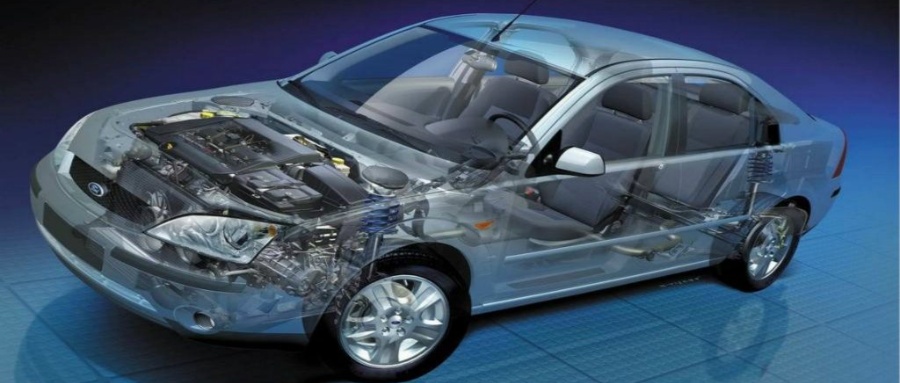Automotive Metal Stamping Parts
The stampings made by TenRal are used a lot in different vehicle systems, providing top-quality components for the car industry. Our careful manufacturing process and strict quality control mean that TenRal’s stampings have a great reputation in the car industry. These parts not only make cars perform better and give drivers a better experience, but also improve safety and reliability, making journeys more comfortable for drivers. We’re always researching, developing and innovating to bring new stamping products to meet changing market demands and customer needs – so we’re an important partner for the car industry.

Industry application
The metal stamping parts are made by punching machines to stamp metal plates, giving them characteristics like being lightweight, super strong, and resistant to rust. Because of this, they’re used a lot in the car manufacturing industry.
Metal stamping parts are widely used in various aspects of automobiles, including body structural components like doors, windows, roofs, front and rear bumpers. These components are lightweight yet strong, reducing vehicle weight and improving fuel efficiency. Suspension system-related metal stamping parts such as control arms and stabilizer bars ensure car stability and comfort by withstanding complex forces. Engine-related metal stamping parts like cylinder heads, oil pans, intake and exhaust manifolds can withstand high temperature and pressure to guarantee normal engine operation. Transmission system-associated metal stamping parts like transmission housings and clutch housings bear diverse forces for proper functioning of the transmission system. Seat frame-related metal stamping parts like seat support frames and seat backs contribute to seat stability and comfort.
The continuous advancements in automotive technology have led to a significant increase in the demand for metal stamping parts. These parts need to meet high quality standards, precision requirements, and production efficiency levels. As a result, constant technological innovation and upgrading during their production processes are necessary to keep up with the evolving needs of the automotive industry.
